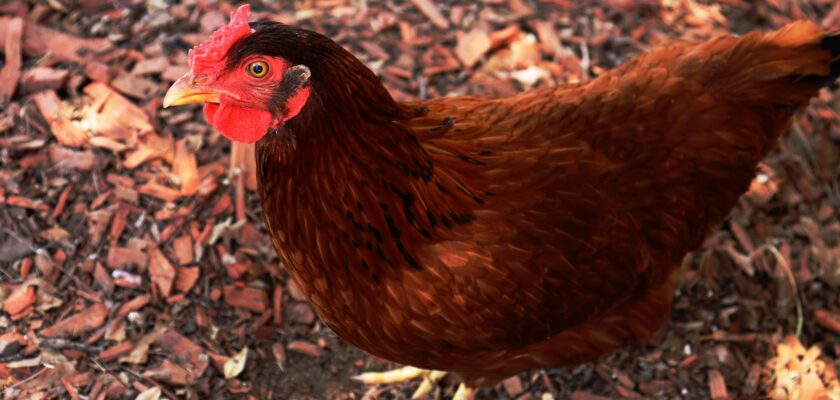Introduction: The Everyday Miracle of Egg Laying
Every single day, hens around the world lay millions of eggs. But have you ever stopped to ask: how do chickens lay eggs? Behind this seemingly simple act is a complex and fascinating biological process. From ovulation to shell formation, the journey of an egg is nothing short of a natural wonder.
This guide unpacks everything you need to know about how hens lay eggs, with scientific clarity, farm-based wisdom, and fun facts along the way.
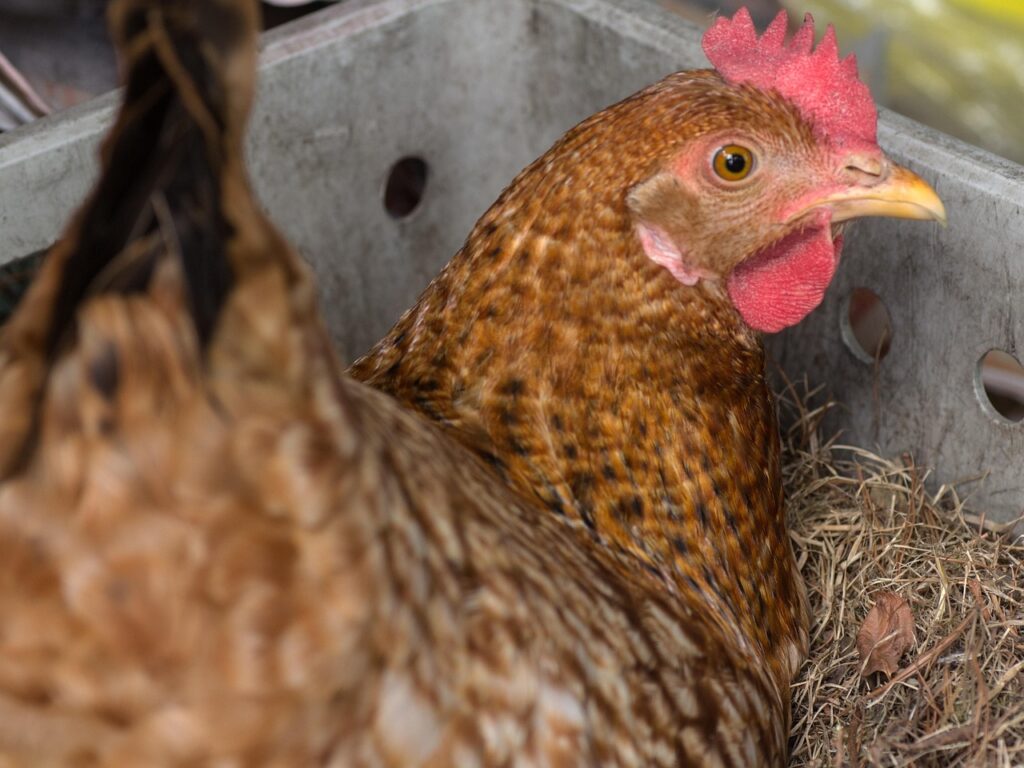
Image by andreas N from Pixabay
Understanding Chicken Reproduction
The Role of Roosters in Egg Laying
Let’s clear up a common myth: hens don’t need roosters to lay eggs. Roosters are only necessary if you want fertilized eggs that could hatch into chicks. Without a rooster, hens still lay eggs—just not fertilized ones.
Anatomy of a Hen’s Reproductive System
The hen’s reproductive system includes the ovary and the oviduct. The ovary holds thousands of potential eggs (called ova), but usually only one matures at a time. The oviduct is where the real magic happens—this long, tube-like organ is where the yolk becomes a complete egg.
The Step-by-Step Process of How a Chicken Lays an Egg
1. Ovulation Begins
It all starts with ovulation, when a mature yolk is released from the ovary. Unlike humans, hens ovulate almost daily, typically in the morning.
2. The Egg White Formation
Next, the yolk enters the magnum, a part of the oviduct where albumen (egg white) is secreted and wraps around the yolk. This takes around 3 hours.
3. Shell Formation and Pigmentation
The egg moves through the isthmus where membranes form, then spends up to 20 hours in the shell gland. Here, calcium carbonate creates the hard outer shell, and pigments may add brown, white, or even blue coloring—depending on breed.
How Often Do Chickens Lay Eggs?
Factors That Influence Egg Production
A hen’s laying frequency depends on several factors:
- Breed (Leghorns vs. Silkies)
- Age
- Nutrition
- Season & daylight
- Stress levels
Commercial layers can produce 300+ eggs per year, while heritage breeds might lay fewer.
Daily Laying Cycle Explained
Most hens lay one egg every 24–26 hours. After laying, the cycle starts again—usually a bit later each day, until the hen eventually skips a day.
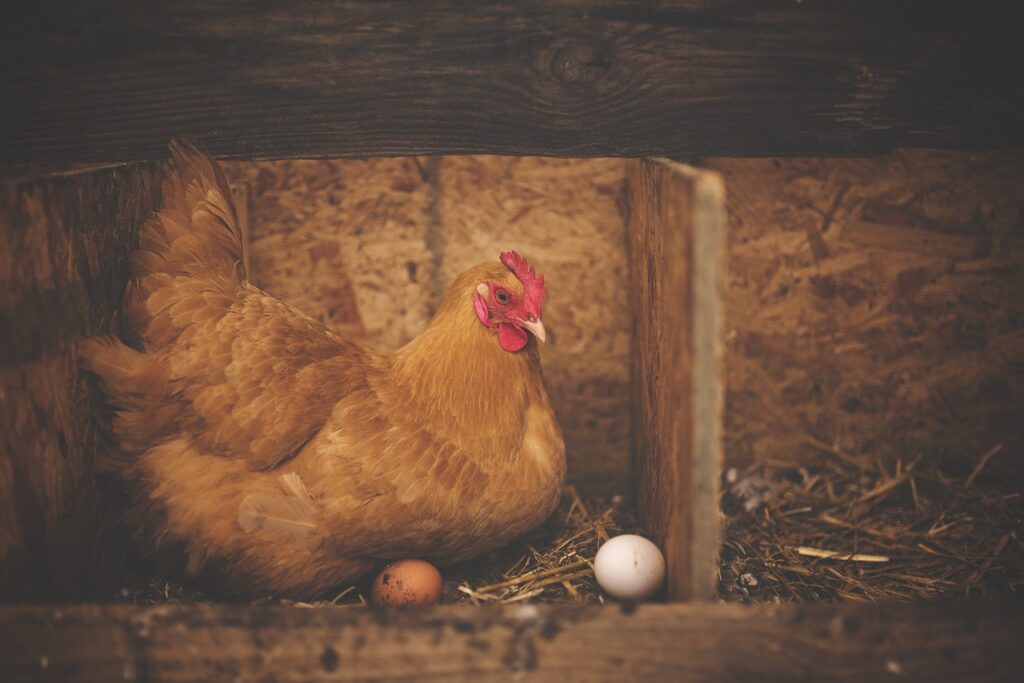
Do Chickens Need Roosters to Lay Eggs?
Nope. Hens lay unfertilized eggs naturally without male involvement. Fertilization only occurs if a rooster mates with a hen. So, if you’re raising backyard hens just for eggs, you don’t need a rooster.
Egg Color: What Determines It?
Common Colors and What They Mean
- White Eggs: Common in Leghorns
- Brown Eggs: Laid by Rhode Island Reds, Orpingtons
- Blue/Green Eggs: From Araucanas and Ameraucanas
Are Brown Eggs Healthier Than White Eggs?
Not at all. Color doesn’t affect nutrition—it’s purely genetics. Diet, not shell color, determines the egg’s nutritional value.
Nutritional Value of Chicken Eggs
Chicken eggs are packed with:
- Protein (6g per egg)
- Vitamins A, D, E, B12
- Choline for brain health
- Omega-3s (especially in free-range or flax-fed hens)
They’re a powerhouse of nutrition and a staple in many diets globally.
The Importance of Nesting Boxes
Hens prefer quiet, dark spaces to lay. Nesting boxes should be:
- Clean
- Comfortable (lined with straw/shavings)
- One per 4-5 hens
This keeps eggs clean and reduces stress on the hen.
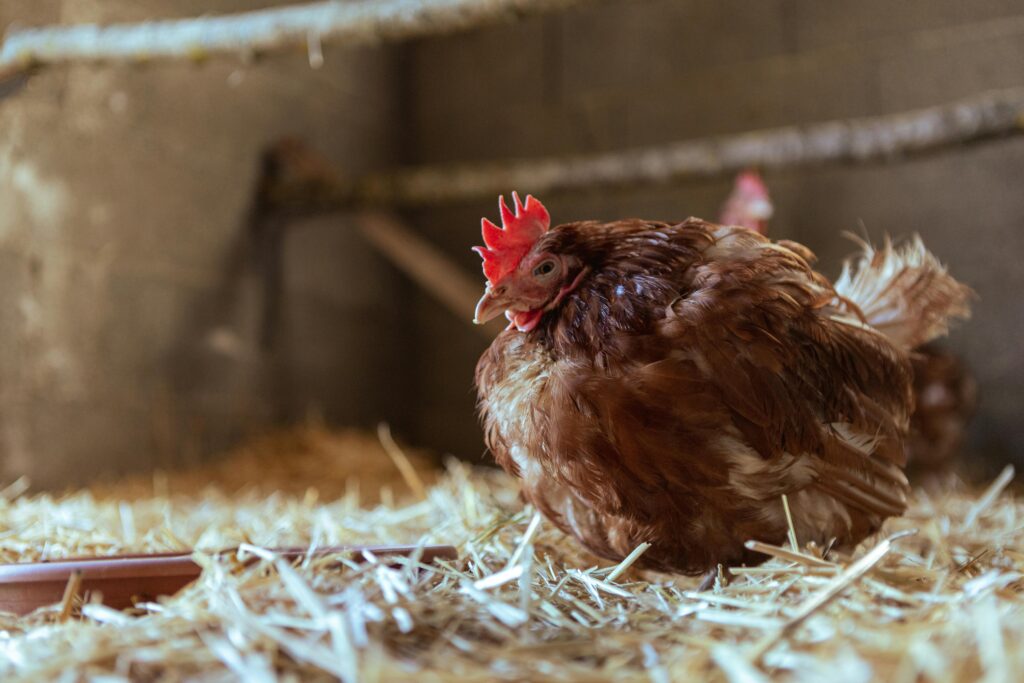
Photo by Andreas Ebner
Signs of a Hen Ready to Lay Eggs
Watch for:
- Increased squatting behavior
- Reddened comb and wattles
- Exploration of nesting areas
- Cackling or clucking sounds
These signals mean she’s about to start laying soon.
Common Laying Issues and How to Solve Them
- Soft-shelled eggs: Calcium deficiency → Add oyster shell supplements
- Egg binding: Obstruction → May need vet help
- Laying pauses: Stress, molting, or daylight changes → Provide warmth and light
Humane and Sustainable Egg Farming
Ethical egg farming includes:
- Free-range access
- No overcrowding
- High-quality feed
- Veterinary care
Support local or certified humane farms when possible. Check certifications like Certified Humane or Animal Welfare Approved.
FAQs
At what age do hens start laying eggs?
Most hens begin laying between 5–6 months old, depending on the breed.
How long can a hen lay eggs?
Egg production peaks in the first 2 years but can continue (less frequently) for up to 6–7 years.
Can a hen lay two eggs a day?
Rarely. While some hens might lay two in 24 hours, it’s not sustainable or common.
Why did my hen stop laying?
Common causes: molting, seasonal light changes, stress, or age. Evaluate her diet and environment.
How can I increase egg production?
Provide 16 hours of daylight, protein-rich feed, clean water, and reduce stress.
Are farm-fresh eggs safer than store-bought?
Farm eggs can be just as safe—but proper storage, washing, and refrigeration are essential.
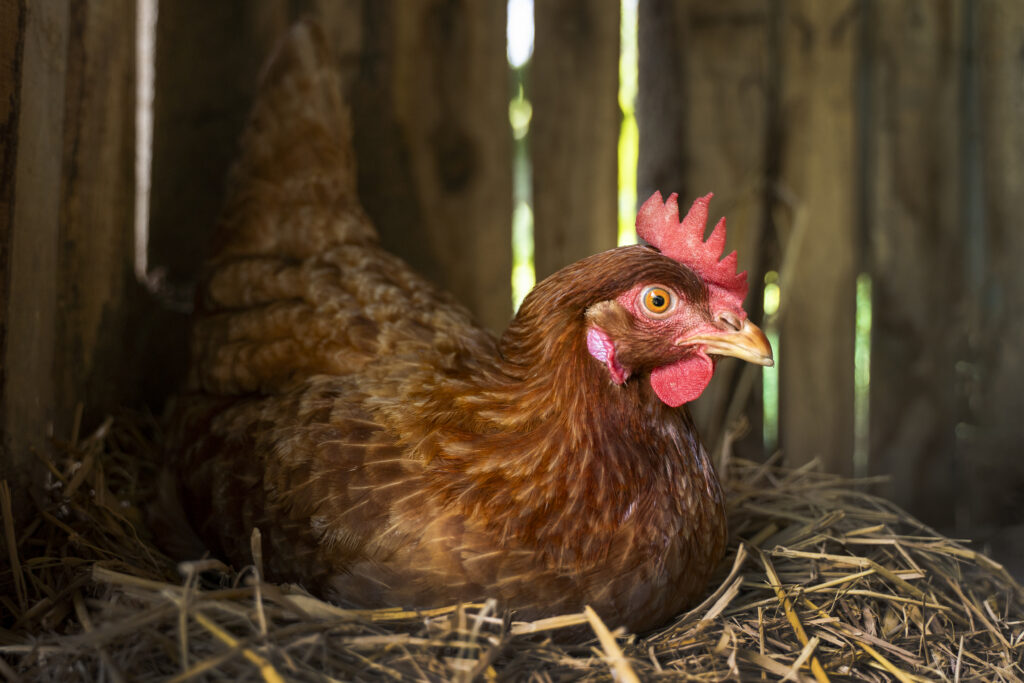
Image by freepik
Conclusion
So, how do chickens lay eggs? From the first flicker of ovulation to the moment that smooth shell is laid, it’s a delicate dance of biology, timing, and nature. Understanding this process deepens our appreciation for something we often take for granted at breakfast.
Whether you’re a backyard poultry enthusiast, a biology student, or just egg-curious, this guide gives you everything you need to know—with some fascinating facts cracked in.
